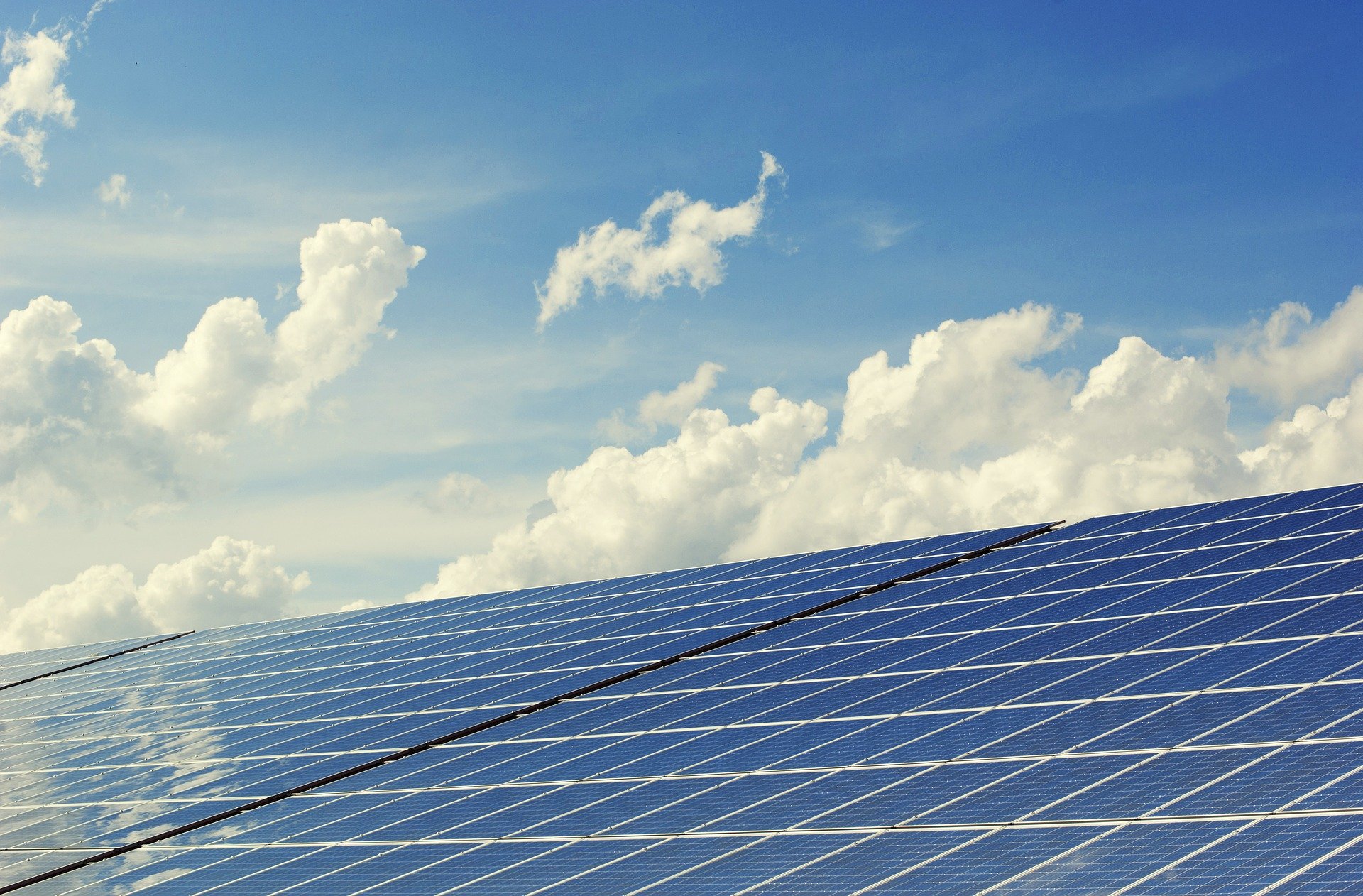Last August, over half a million California residents simultaneously lost power during the state’s first rolling blackout in 20 years. Critics of renewable energy have pointed to California’s recent gains in wind and solar power penetration to argue that the large-scale outage suggests a correlation between increased variable renewable energy and increased grid vulnerabilities. Meanwhile, in an analysis released in January, CAISO, California’s energy market operator, attributed the large-scale outage to a climate change-induced heat wave, which led electricity demand to exceed existing resource adequacy. In the same report, CAISO proposes “consideration of transmission build out” to overcome transmission constraints across multiple interstate electricity lines as a key to preventing future outages. Whether and how to move electrons across state borders, however, has been at the center of California’s energy transition debate for years.
 CAISO, together with the broader renewable energy community, considers expanding interstate transmission capacity as a priority in building a more reliable and resilient electricity grid. Alongside energy storage and grid-hardening measures, increased transmission capacity can support California’s nation-leading 97-million-megawatt hours (MWh) of renewable energy by allowing grid operators to move electricity to the right place at the right time.
CAISO, together with the broader renewable energy community, considers expanding interstate transmission capacity as a priority in building a more reliable and resilient electricity grid. Alongside energy storage and grid-hardening measures, increased transmission capacity can support California’s nation-leading 97-million-megawatt hours (MWh) of renewable energy by allowing grid operators to move electricity to the right place at the right time.
But California is not alone. Oregon (62%) and Washington’s (70%) high renewable electricity penetration, along with huge growth in renewable energy production in New Mexico (310%), Utah (188%), Colorado (173%), and Nevada (155%), demonstrate that western states are moving through the energy transition—and its challenges—together. Accordingly, system operators have come to see the issue of ensuring resource adequacy as a regional process. This way, outages in California, for instance, can be mitigated by importing more electricity from a state with a temporary electricity surplus.
Moreover, interstate transmission is especially valuable when considering the exacerbation of the California duck curve with increasing variable renewable energy penetration. Without a modernized grid, a higher dependence on solar photovoltaics does little for the majority of Californians, who demand the most energy when the sun is setting and irradiation is at its lowest. Accordingly, when California demand spikes in the afternoon, interstate transmission capacity would allow Californians to use electricity produced in more eastern states, whose nighttime demand spikes have already passed.
This argument for interstate resource adequacy is what Californian grid operators—under the leadership of California’s regional wholesale market, CAISO, and the California Public Utilities Commission—used to garner regional support for and establish the Western Energy Imbalance Market (EIM) in 2014. EIM, in its current capacity, is a regional electricity market that connects supply and demand in real time across 11 balancing authorities in 11 states west of the Rocky Mountains. The last six years of interstate grid expansion has had a relatively drastic effect on California’s electricity mix, making it the state with the largest electricity imports in the country at 70.9 million MWh (compared to 38 MWh for the second largest, Ohio), or 25% of total state electricity supply. Major high-voltage interstate lines include the Pacific Direct Current (DC) and California Oregon Interties, connecting hydroelectricity in the Pacific Northwest in the North to Los Angeles in the South, and the Desert Southwest Interties, connecting solar and wind from Nevada and Arizona to the southern California bulk transmission system.
CAISO’s plans to expand transmission with EIM, however, hit a roadblock in 2018. Assembly Bill 813, a proposed legislation to include all 14 western states in the regional market, passed the State Assembly, but failed to make it onto the Senate floor before the end of the year’s session. The bill has since echoed through debates within the electricity community. Critics raise concerns about creating unnecessary dependence on other states and the Federal Energy Regulatory Commission, and providing a market for coal. The latter argument has especially caught the attention of legislators in Sacramento, who have been warned by environmental organizations to not tie Californian demand to coal produced in Wyoming, which accounts for the highest share of U.S. coal production at 40%. Meanwhile, supporters of EIM expansion cite increased reliability and decreased outages, limited renewable energy curtailments, reduced electricity costs, and higher renewable energy penetration.
Despite this, CAISO has gone ahead with its plans to expand EIM without legislative mandate. Already, since 2014, EIM has steadily grown in participation. Now, within the next three years, EIM plans on adding 12 additional participating authorities. Those onboard are moving toward an Extended Day-Ahead Market to marketize the day-ahead electricity rate-setting and bidding process on a regional scale. This increased appetite for regional integration begs the question—who decides where, when, and how transmission capacity expands? Part Two of this blog series seeks to answer this question by assessing and analyzing the regulatory framework that divides siting authority of interstate transmission lines between federal and subnational authorities.
